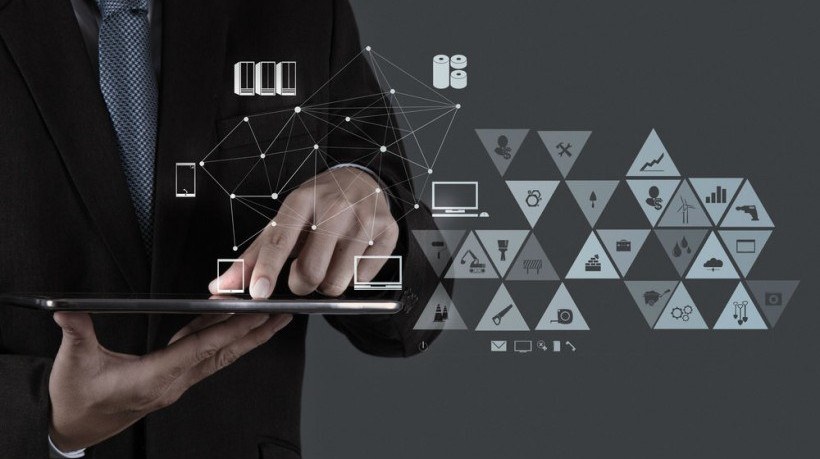The Hidden Limitations Of Any Learning Management System
While 85% of corporations have some type of Learning Management System installed, many share the same sentiments. In a 2015 report by Brandon Hall Group, 38% of respondents indicate they are looking to replace their Learning Management System (LMS). The primary challenges include poor ease of use, poor reporting, adaptability, ROI analytics, and a lack of the functionality that modern businesses need.
It’s not what Learning Management Systems offer, it’s what they are.
The bigger issue is that there are hidden inherent limitations of any Learning Management System that can undermine your chances of a successful return:
- The Learning Management System treats learning as an isolated event, not a continuous process.
This makes employees highly susceptible to cognitive overload that comes with delivering as much content as possible in a single session. Research has also proven that people forget as much as 90% of what they learn within 30 days, without active reinforcement. - The Learning Management System doesn’t meet the need of today’s modern learners.
Unlike the Learning Management System model of scheduled training courses with tests, modern learners prefer fresh knowledge that’s rated highly by experts and peers, and delivered when, where, and how they want it: fast, easy, and consumable at the point of need. - The Learning Management System delivers generic, not personalized learning.
Learning Management Systems allow courses to be accessed online by virtually unlimited numbers of learners. This generic training approach means employees will either find the information too rudimentary, too difficult, or just too boring. Without the personalization that makes learning relevant and interesting, most learners will not be engaged, and as a result will derive little value.
Learning Management System reporting leaves much to be desired, rendering tangible learning results difficult to prove.
According to a report by ATD and the Institute for Corporate Productivity, reporting is a main obstacle to linking learning programs and business outcomes. 42% of the firms surveyed say it’s too difficult to isolate learning’s impact on business results versus other factors’ influence: 42% say the tools are not readily available, and 42% also say the Learning Management System does not provide the needed data.
If A Learning Management System Isn’t Enough, Then What Is?
Organizations need to integrate continuous learning, on-the-job coaching, social learning, and information at the point of need to create an effective learning ecosystem. On its own, a Learning Management System solution simply falls short, diluting learning effectiveness, and negatively impacting ROI.
To be truly effective, you must deal with the inherent limitations that come with your Learning Management System so your learning delivery system:
- Contributes to a continuous learning environment.
- Enhances knowledge retention, so employees can effectively apply what they learn to the job.
- Offers the flexibility needed to meet the needs of today’s modern learner.
- Leverages personalized and adaptive learning to give your employees the learning they need, and not what they already know.
- Provides powerful reporting analytics.
Don’t replace your Learning Management System: Capitalize on its strengths, and augment its weaknesses.
Without a doubt, one of the biggest strengths of a Learning Management System is its ability to deliver content cost-effectively to many employees over a large geographic area. There will always be a need to deliver fixed, scheduled training to employees, but by augmenting areas of weakness, you can extend its capabilities, and achieve an even more impressive return on investment.
Many organizations are moving towards a continuous learning model, where knowledge is continually presented to employees, and is also available on demand. And while the Learning Management System is an important part of this continuous learning model, it’s only one of the critical elements necessary for the kind of learning success that impacts the bottom line. To allow your Learning Management System to contribute effectively to a continuous learning environment, it should be augmented with the following capabilities:
- A microlearning approach that offers bite-sized learning content, making it easier for employees to learn.
- Daily learning reinforcement to deeply embed knowledge -whether from a classroom or Learning Management System learning event- for the long term.
- Personalized and adaptive learning to meet the unique needs of each learner and continually modify learning paths for success.
- Mobile technologies to deliver information when and where learners want it; and on their platform of choice.
- Social media channels that foster collaboration and a sense of teamwork.







